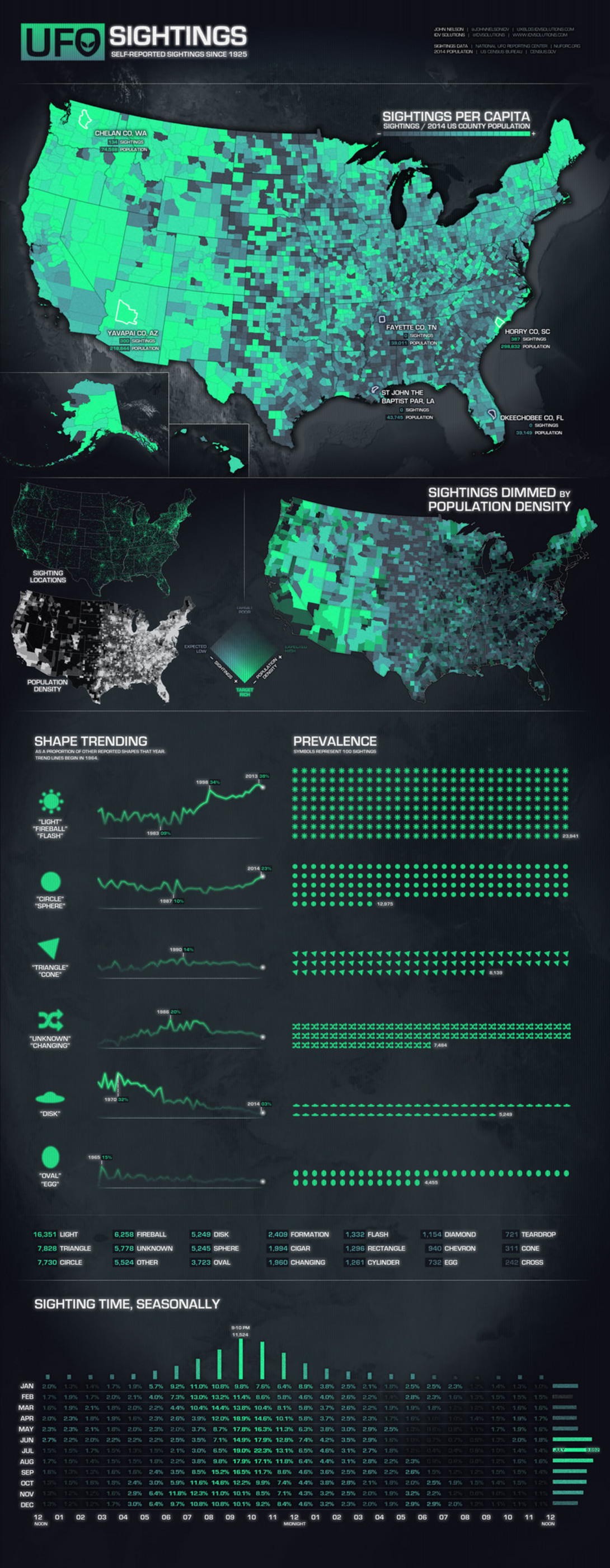Detailed Overview and Analysis: “The Simpsons Meets Data Visualization”
This vibrant infographic breaks down the long-standing cultural phenomenon that is The Simpsons through compelling data visualizations. It captures insights into viewer trends, character interactions, spoken lines, sentiment analysis, and locations where events occur within the show.
1. Viewer Trends Over Time:
A bell curve-like graph demonstrates that the early seasons of The Simpsons experienced peak viewership, particularly between 1990 and 2000. The episodes aired during these years had a far-reaching cultural impact. Over time, the viewership notably declined but stabilized to a dedicated core audience in the later seasons.
2. Most Popular Characters by Dialogue:
Here, the characters are ranked based on the number of lines spoken. Homer Simpson dominates the series with an astounding 290,000+ lines, more than double that of Bart Simpson, who comes second. Marge, Lisa, and Moe follow closely behind. This reinforces Homer’s centrality as the comedic heart of the show.
3. Character Interactions:
The infographic highlights how often characters speak to one another using a heatmap. It showcases the Simpson family’s core relationships, particularly Homer and Marge’s frequent exchanges, as well as Bart and Lisa’s interactions. The visual representation not only emphasizes the dynamics within the family but also sheds light on the evolution of their relationships over the series’ long run. As viewers delve into these interactions, they can gain insight into the underlying themes of communication and conflict resolution that have shaped the narrative. Ultimately, this heatmap serves as a testament to the legacy of The Simpsons, illustrating how these conversations have contributed to the show’s enduring popularity and cultural significance. Additionally, the infographic hints at how these core interactions serve as a foundation for various plotlines, including the family’s participation in outlandish scenarios that take them far from Springfield. Such moments not only entertain but also enrich the characters’ identities, as seen in episodes that feature the Simpsons in global adventures. By exploring universal themes through their localized experiences, the series continues to resonate with audiences around the world, solidifying its place as a cultural touchstone across generations.
4. Sentiment Analysis:
The infographic goes a step further by analyzing the average sentiment of spoken lines. Most characters, including Homer, lean toward neutral or positive speech. Interestingly, Ned Flanders, with his perpetual optimism, claims the top spot for positivity, while Moe Szyslak is unsurprisingly one of the most negative characters.
5. Characters with the Most Dialogue:
A detailed bar chart ranks characters by their total number of spoken lines, further reinforcing Homer’s dominance. Other notable characters like Mr. Burns, Krusty, and Milhouse also emerge as significant contributors to the dialogue.
6. Location Insights:
The infographic provides a visual representation of the most frequent locations in The Simpsons. Unsurprisingly, the Simpson family’s iconic home takes the top spot, followed by Moe’s Tavern, the Kwik-E-Mart, and the Springfield Elementary School. These locations have become synonymous with the show’s humor and character development, each contributing to memorable storylines over the years. Among these places, Moe’s Tavern stands out not only as a popular hangout for the characters but also as a significant backdrop for many of Homer Simpson’s work experience-related escapades. The consistent interplay between these settings and Homer’s various misadventures illustrates the show’s ability to blend comedy with relatable themes of family and friendship.








